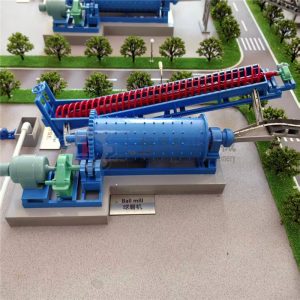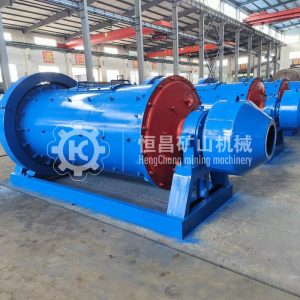Why the Length of Ball Mill is Not the Longer, the Better?
2025-10-22 16:37:19
The length of a ball mill is not necessarily better when it is longer. This is mainly due to limitations in grinding efficiency, equipment manufacturing and installation, material characteristics, and operation & maintenance. Here’s a detailed explanation:
1. Grinding Efficiency
-
Material Flow & Residence Time:An excessively long ball mill slows down the material flow, increasing residence time inside the mill. This reduces production efficiency and may lead to over-grinding, causing energy waste and inconsistent product quality.
-
Uniformity of Grinding:When the mill is too long, grinding conditions vary significantly along its length. For example, the motion of grinding media and grinding forces differ between the feed end, discharge end, and middle sections, leading to uneven grinding.
2. Equipment Manufacturing & Installation
-
Structural Strength & Stability:A longer mill increases its own weight and internal pressure, requiring thicker steel plates and stronger support structures. This raises manufacturing costs and complexity.
-
Transportation & Installation Challenges:Extremely long ball mills are difficult to transport and install. Special transportation methods and precise installation techniques are needed, increasing costs and logistical difficulties.
3. Material Characteristics
-
Material Adaptability:Different materials have varying grindability. For hard or tough materials, an overly long mill may cause excessive adhesion or blockage, disrupting normal operation.
-
Ventilation & Heat Dissipation:Longer mills have poorer internal ventilation, leading to heat buildup. High temperatures can degrade grinding media and materials, accelerate wear, and even pose safety risks.
4. Operation & Maintenance
-
Operational Control Difficulty:Longer mills require more precise control of parameters (e.g., speed, feed rate, ball charge) due to complex internal dynamics, making stable operation harder to maintain.
-
Maintenance Challenges:Inspecting, repairing, or replacing worn parts (e.g., liners, diaphragms) is more difficult in a longer mill. Entering the mill for maintenance also becomes riskier and more time-consuming.
In summary, while a longer ball mill might seem beneficial for increased capacity, practical limitations in efficiency, cost, and maintenance make an optimal length more desirable than an excessively long one.

